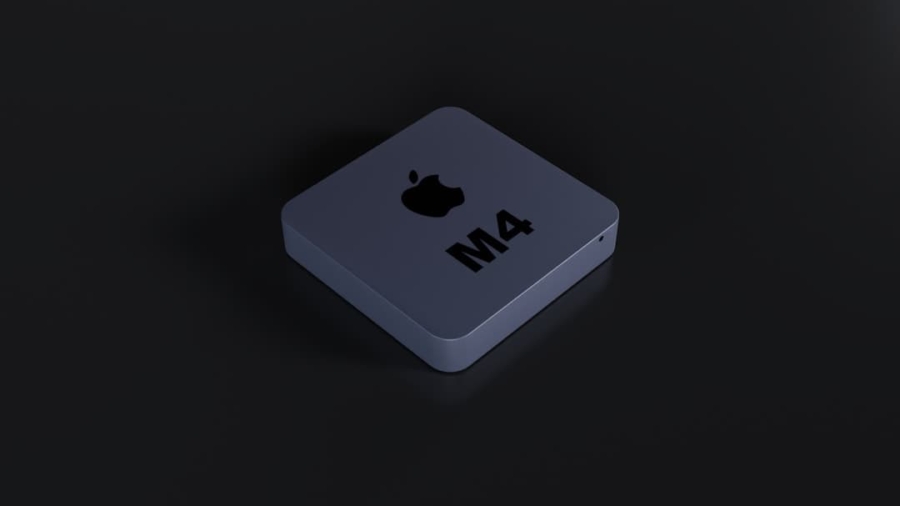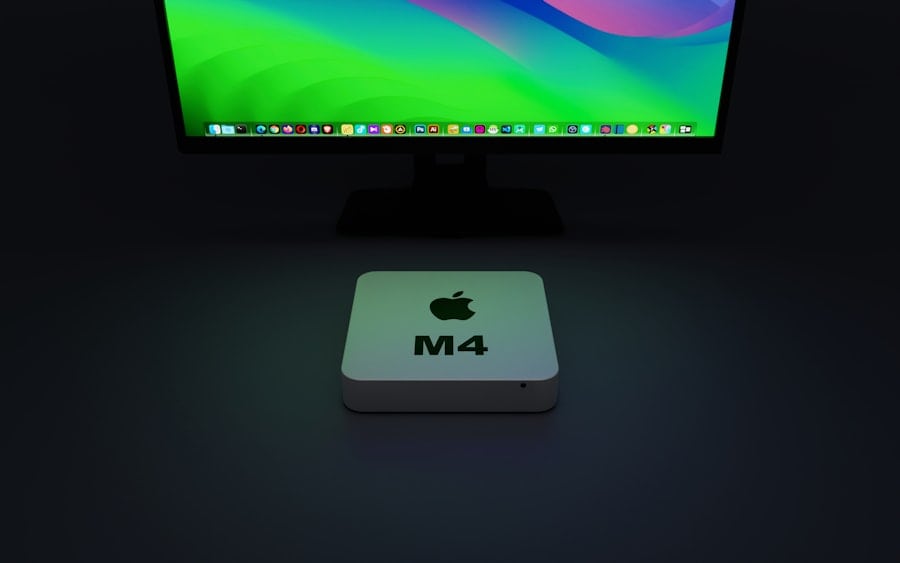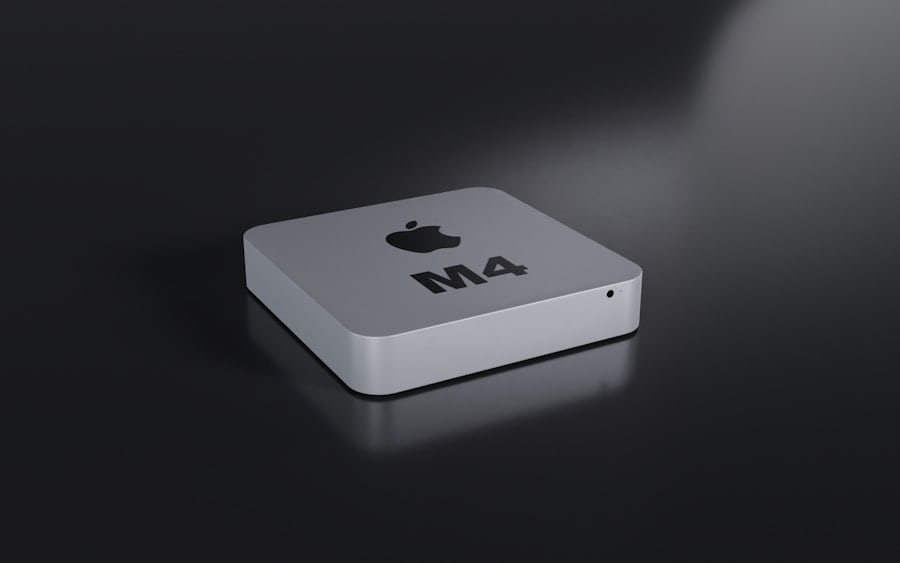The advent of drone technology has revolutionized various industries, from aerial photography to agriculture and logistics. Among the myriad of innovations in this field, foldable drones have emerged as a significant advancement, combining the capabilities of traditional drones with enhanced portability. These compact devices are designed to be easily collapsible, allowing users to transport them with minimal hassle.
The design typically involves arms and propellers that can be folded inwards, reducing the overall size of the drone when not in use. This feature is particularly appealing to hobbyists, professionals, and businesses that require mobility without sacrificing performance. Foldable drones are not merely a trend; they represent a shift in how we perceive and utilize aerial technology.
As urban environments become more congested and outdoor spaces more regulated, the need for drones that can be easily carried and deployed is increasingly critical. The ability to pack a drone into a backpack or a small case opens up new possibilities for spontaneous aerial exploration and professional applications alike. With advancements in battery life, camera quality, and flight stability, foldable drones are becoming more than just portable gadgets; they are powerful tools that can adapt to various scenarios and user needs.
Key Takeaways
- Foldable drones are a type of drone that can be easily folded and unfolded for convenient transportation and storage.
- The portability of foldable drones makes them ideal for travelers, outdoor enthusiasts, and professionals who need to carry their drones to different locations.
- Current limitations of foldable drones include reduced flight time, smaller payload capacity, and potential durability issues compared to non-foldable drones.
- Technological developments in foldable drone design are focused on improving flight performance, increasing payload capacity, and enhancing durability.
- Potential applications for foldable drones include aerial photography, surveillance, search and rescue operations, and environmental monitoring.
Advantages of Foldable Drones for Portability
One of the most significant advantages of foldable drones is their portability. Traditional drones often require dedicated cases or bags for transport, which can be cumbersome and impractical for users on the go.
This ease of transport encourages more frequent use, as users can quickly deploy their drones without the logistical challenges associated with larger models. Moreover, the compact design of foldable drones does not compromise their functionality. Many models are equipped with high-quality cameras capable of capturing stunning aerial footage, advanced GPS systems for precise navigation, and robust flight features that allow for stable operation in various conditions.
This combination of portability and performance makes foldable drones particularly appealing for photographers and videographers who need to capture dynamic shots in diverse environments. The ability to quickly set up and take down the drone enhances the overall user experience, allowing for more creativity and spontaneity in capturing images and videos.
Current Limitations of Foldable Drones
Despite their many advantages, foldable drones are not without limitations. One of the primary concerns is their durability. The mechanisms that allow for folding can introduce points of weakness that may not be present in traditional drones.
Users must handle these devices with care to avoid damaging the hinges or joints that facilitate their compact design. Another limitation is battery life.
While advancements have been made in battery technology, many foldable drones still struggle to match the flight times of their non-foldable counterparts. The compact design often necessitates smaller batteries, which can result in shorter flight durations. This limitation can be particularly frustrating for users engaged in activities that require extended aerial coverage, such as surveying large areas or capturing lengthy video sequences.
As a result, users may find themselves needing to carry extra batteries or plan their flights more carefully to ensure they do not run out of power mid-operation.
Technological Developments in Foldable Drone Design
The field of foldable drone design is rapidly evolving, driven by technological advancements that enhance both functionality and user experience. One notable development is the integration of advanced materials that improve durability while maintaining lightweight characteristics. Manufacturers are increasingly utilizing carbon fiber and high-strength plastics that can withstand the rigors of outdoor use without adding significant weight.
This shift not only enhances the longevity of foldable drones but also contributes to better flight performance by reducing overall mass. Additionally, improvements in stabilization technology have made foldable drones more reliable during flight. Innovations such as advanced gyroscopic systems and enhanced GPS capabilities allow these drones to maintain stability even in challenging weather conditions or when subjected to sudden gusts of wind.
These advancements enable users to capture smoother footage and conduct more precise operations, such as mapping or surveying. Furthermore, the incorporation of artificial intelligence (AI) into foldable drone systems is paving the way for autonomous flight capabilities, allowing drones to navigate complex environments without direct human intervention.
Potential Applications for Foldable Drones
The versatility of foldable drones opens up a wide array of potential applications across various sectors. In the realm of photography and videography, these drones are increasingly being used by content creators who require mobility without sacrificing quality. For instance, travel vloggers can easily carry a foldable drone on their adventures, capturing breathtaking aerial shots that enhance their storytelling.
Similarly, real estate agents are utilizing these devices to provide stunning aerial views of properties, giving potential buyers a unique perspective that traditional photography cannot achieve. Beyond creative industries, foldable drones have significant implications for emergency response and disaster management. Their portability allows first responders to quickly deploy drones in crisis situations, such as natural disasters or search-and-rescue operations.
Equipped with thermal imaging cameras or other specialized sensors, these drones can assist in locating missing persons or assessing damage in hard-to-reach areas. The ability to transport these drones easily means that emergency teams can have aerial support ready at a moment’s notice, potentially saving lives and improving response times.
Environmental Impact of Foldable Drones
As with any technological advancement, it is essential to consider the environmental impact of foldable drones. On one hand, these devices can contribute positively by providing efficient solutions for tasks such as agricultural monitoring and wildlife conservation. For example, farmers can use foldable drones to survey crops from above, identifying areas that require attention without the need for heavy machinery that may cause soil compaction or other environmental disturbances.
Similarly, conservationists can deploy drones to monitor wildlife populations or track illegal poaching activities in remote areas without disturbing natural habitats. However, there are also concerns regarding the environmental footprint associated with drone manufacturing and operation. The production process for drones often involves materials that may not be environmentally friendly, and improper disposal of electronic components can lead to pollution.
Additionally, while electric-powered drones produce no direct emissions during flight, the energy required for charging batteries may come from non-renewable sources depending on local energy infrastructure. As the industry continues to grow, it will be crucial for manufacturers and users alike to prioritize sustainable practices and consider the lifecycle impact of these devices.
Market Trends and Future Outlook for Foldable Drones
The market for foldable drones is experiencing significant growth as consumer interest expands alongside technological advancements. According to industry reports, the global drone market is projected to reach several billion dollars within the next few years, with foldable models representing a substantial segment due to their appeal among both recreational users and professionals. As more individuals recognize the benefits of portability combined with advanced features, demand for these devices is expected to rise.
Looking ahead, several trends are likely to shape the future of foldable drones. One such trend is the increasing integration of smart technology into drone systems. Features such as obstacle avoidance sensors, automated flight paths, and real-time data analytics are becoming more common, enhancing user experience and expanding operational capabilities.
Additionally, as regulations surrounding drone usage continue to evolve globally, manufacturers will need to adapt their designs to comply with safety standards while still delivering innovative features that meet consumer demands.
The Role of Foldable Drones in the Future of Portability
Foldable drones represent a significant leap forward in drone technology by merging portability with advanced functionality. Their compact design allows users to engage with aerial technology in ways that were previously impractical or cumbersome. As technological developments continue to enhance their capabilities while addressing current limitations, foldable drones are poised to play an increasingly vital role across various sectors.
The potential applications for these devices are vast and varied, ranging from creative pursuits like photography to critical functions in emergency response and environmental monitoring. As market trends indicate a growing interest in portable drone solutions, it is clear that foldable drones will remain at the forefront of innovation in this field. Their ability to adapt to user needs while providing high-quality performance positions them as essential tools for both recreational enthusiasts and professionals alike in an ever-evolving technological landscape.
If you are interested in exploring the latest technology trends, you may also want to check out this article on smartwatches by Huawei. This review provides an in-depth look at the features and capabilities of Huawei’s smartwatches, offering valuable insights for tech enthusiasts. Just like foldable drones, smartwatches are a portable and convenient gadget that can enhance your daily life.
FAQs
What are foldable drones?
Foldable drones are unmanned aerial vehicles (UAVs) that are designed to be easily folded and unfolded for portability and convenience. These drones are compact and can be easily transported in a backpack or small carrying case.
What are the advantages of foldable drones?
Foldable drones offer the advantage of portability, making them easy to transport and carry to different locations. They are also convenient for travelers and outdoor enthusiasts who want to capture aerial footage without the bulk of traditional drones.
What are the potential applications of foldable drones?
Foldable drones have a wide range of potential applications, including aerial photography and videography, surveillance and monitoring, search and rescue operations, agricultural monitoring, and recreational use.
What are the challenges of foldable drones?
One of the challenges of foldable drones is ensuring that they maintain stability and performance despite their compact size. Additionally, the durability of the folding mechanisms and overall build quality are important factors to consider.
What is the future of foldable drones for portability?
The future of foldable drones for portability looks promising, with advancements in technology leading to even smaller and more lightweight designs. As the demand for portable drones continues to grow, we can expect to see further innovation in this area.



